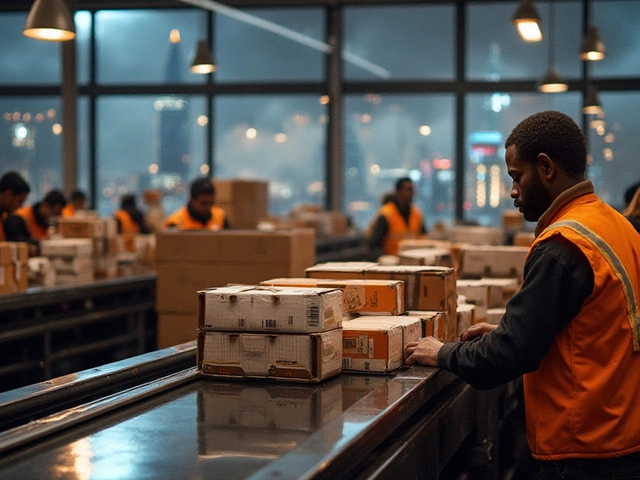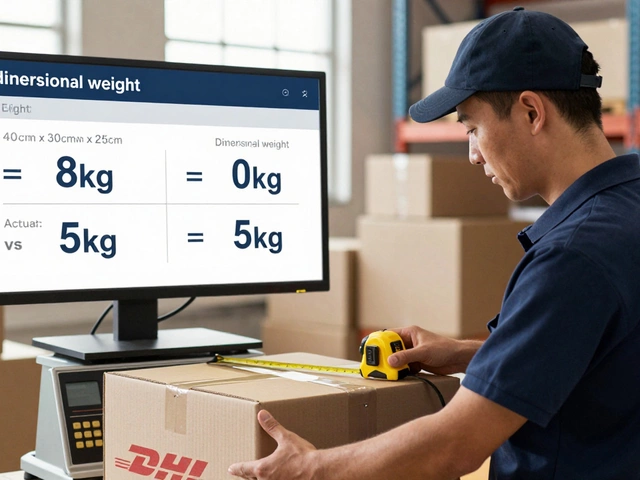Retail Logistics & Delivery Guide – What Every Retailer Needs to Know
Running a retail business today means juggling stock, shipping, and happy customers. If you’ve ever wondered why some shops ship fast while others lag, it comes down to logistics. Good logistics keep shelves stocked, packages on time, and costs low.
First thing to sort out is how you move goods from the warehouse to the customer’s door. This isn’t just about picking a courier; it’s about matching your order volume, product size, and delivery speed needs with the right service. Think of it like pairing shoes with an outfit – the fit matters.
Choose the Right Shipping Partner
Look at a few key factors when you compare couriers. Price is important, but also check their cut‑off times, parcel size limits, and reliability stats. For example, if you ship a lot of 5 lb parcels, UPS’s 5 lb rate guide can help you see if you’re paying too much. If you need next‑day service, compare FedEx overnight cut‑off times with other carriers to avoid missed deadlines.
Don’t forget about international shipping. A quick check between FedEx and UPS international rates often shows a clear cheaper option for a given route. Use those insights to set realistic shipping charges on your site and avoid surprise costs for customers.
Use the Right Warehouse Tools
Your warehouse software can make or break efficiency. A Warehouse Management System (WMS) helps you track stock, plan picks, and reduce errors. There are four main WMS models – from basic inventory trackers to full‑blown automation platforms. Pick one that fits your size and budget; a tiny shop doesn’t need a massive enterprise system.
Supply chain management software also plays a role. Tools that handle demand planning, transportation management (TMS), and order fulfillment give you a single view of the whole process. When everything talks to each other, you avoid stock‑outs and over‑stock situations.
Last‑mile delivery is the toughest part of the journey. It’s where most delays happen, and where customers notice the difference. Understanding the risks – traffic, failed deliveries, and address errors – lets you set realistic expectations. Some retailers use their own fleet for the final mile, while others rely on Amazon Logistics or local couriers. Test a few options and see which gives you the best speed‑cost balance.
Another tip: always know your courier’s delivery coverage. Some services won’t reach remote areas, which can affect your shipping policy. Clear coverage info on checkout helps avoid angry customers later.
Finally, keep an eye on emerging trends. Smart logistics, like AI‑driven route optimization, is becoming more affordable. Early adopters see lower fuel costs and faster deliveries. Pairing these tools with a reliable carrier can give you a competitive edge.
Bottom line: great retail logistics is a mix of the right partner, the right software, and a solid plan for the last mile. Keep checking rates, test new warehouse tools, and stay aware of delivery risks. When you do, your customers get their orders on time, you save money, and your business grows faster.
February 13, 2025
Evelyn Wescott
0 Comments
Understanding the distinction between e-commerce and online shopping is crucial for navigating the digital retail landscape. E-commerce encompasses the entire buying and selling process conducted over the internet, including logistics, payment processing, and more. In contrast, online shopping specifically refers to purchasing products from online platforms, acting as a subset of e-commerce. This article breaks down these concepts, delving into their unique roles and highlighting why the difference matters in the world of digital commerce.




